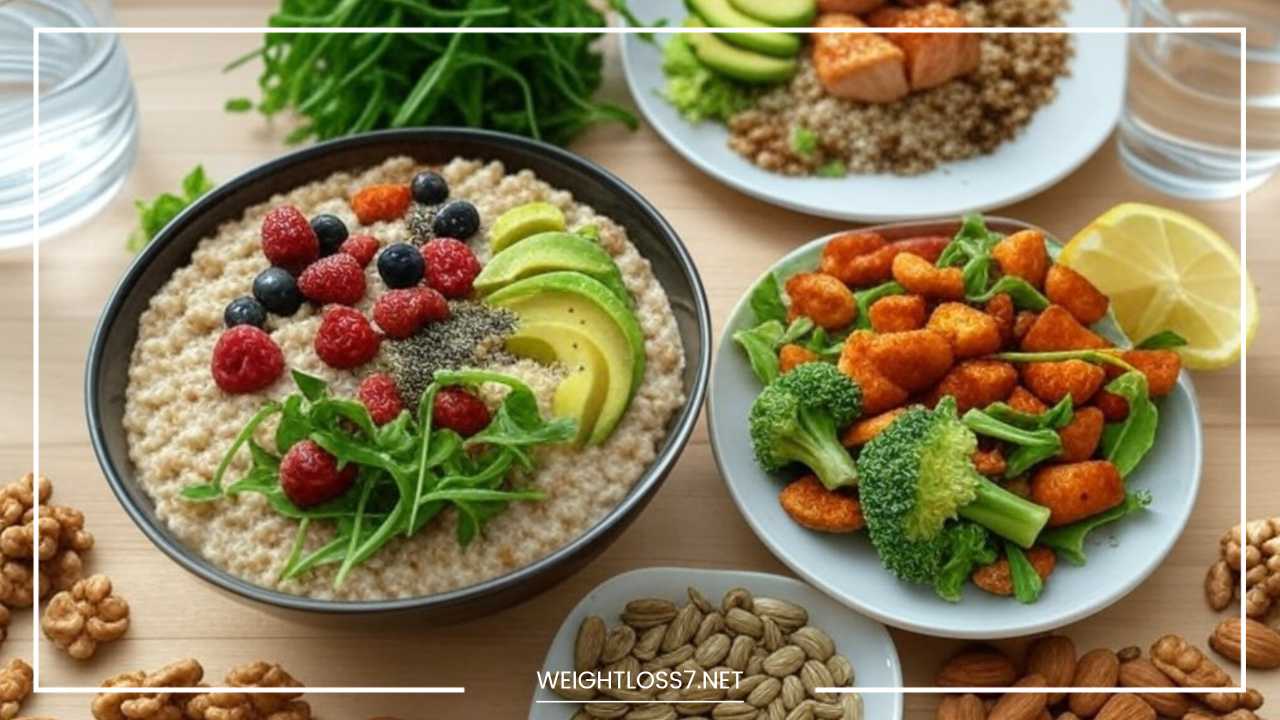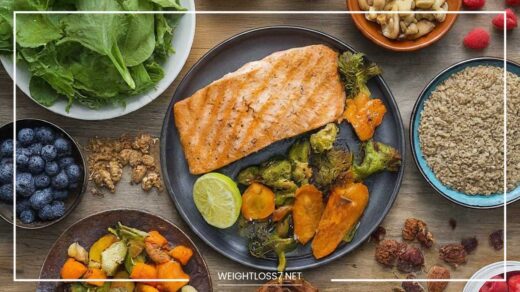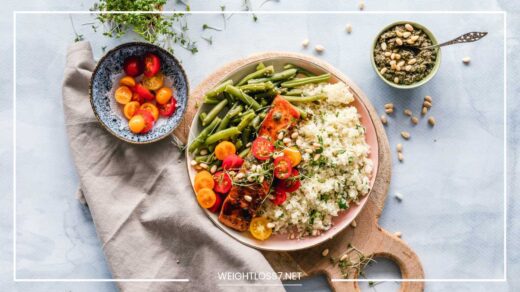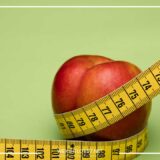Healthy Diet to Lower Blood Pressure

Healthy Diet to Lower Blood Pressure
Healthy Diet to Lower Blood Pressure: A Comprehensive Guide
High blood pressure, or hypertension, is one of the most common chronic conditions affecting millions of people worldwide.
It occurs when the force of the blood against the walls of the arteries is consistently too high, which puts extra strain on the heart and blood vessels.
Over time, this can lead to serious health issues such as heart disease, stroke, kidney damage, and even vision loss.
While medication is often a necessary and effective treatment for managing high blood pressure, lifestyle changes — especially diet — can play a critical role in controlling hypertension.
Adopting a healthy, balanced diet can not only lower blood pressure but also improve overall cardiovascular health, enhance energy levels, and reduce the risk of other chronic conditions. In fact, diet is often considered as an initial or complementary treatment alongside other interventions.
This article will delve into the importance of diet in managing high blood pressure, provide practical and actionable tips for dietary changes, and offer a detailed sample meal plan to guide you in making better food choices.
Whether you have already been diagnosed with hypertension or simply want to take proactive steps to protect your heart health, this guide will equip you with the tools you need to succeed.
The Importance of Diet in Managing High Blood Pressure
Your diet directly impacts your blood pressure levels. The food you eat influences multiple factors that affect your cardiovascular health, including sodium balance, potassium levels, weight management, and blood vessel function.
Understanding these key relationships will help you make smarter, healthier food choices that support healthy blood pressure.
1. Sodium Balance
Sodium plays a crucial role in regulating blood pressure. Excessive sodium in the body can cause the body to retain water, increasing blood volume and raising pressure in the blood vessels.
This is why many people with high blood pressure are advised to reduce their sodium intake. The ideal target for most individuals with high blood pressure is to limit sodium intake to less than 1,500 milligrams per day, though general dietary guidelines recommend a maximum of 2,300 milligrams per day.
The sources of sodium in the diet are not limited to table salt. Processed foods, packaged snacks, fast food, canned soups, and ready-made meals often contain high levels of sodium, even when you don’t add extra salt during cooking. Therefore, it’s essential to be vigilant about the sodium content of the foods you consume.
2. Potassium Levels
Potassium is a vital mineral that helps balance the effects of sodium. When sodium levels are too high, potassium can help counteract the negative effects by encouraging the kidneys to excrete excess sodium and relaxing the blood vessels. This helps lower blood pressure.
Increasing your potassium intake can help lower blood pressure, particularly for those who are sensitive to the effects of sodium.
Potassium-rich foods include bananas, oranges, spinach, sweet potatoes, and tomatoes. The recommended daily intake of potassium for adults is around 4,700 milligrams, but most people fall short of this target.
Incorporating more potassium-rich foods into your meals can go a long way in helping to balance your sodium levels and keep your blood pressure in check.
3. Weight Management
Maintaining a healthy weight is another essential factor in managing blood pressure. Extra weight increases the strain on the heart and blood vessels, contributing to higher blood pressure levels.
Furthermore, carrying excess weight around your abdomen, often referred to as visceral fat, is particularly harmful to heart health.
A healthy, well-balanced diet plays a crucial role in weight management. By eating nutrient-dense foods and practicing portion control, you can support healthy weight loss or weight maintenance.
A modest weight reduction of 5-10% can result in a noticeable decrease in blood pressure, even without other medical interventions.
4. Blood Vessel Health
The health of your blood vessels is integral to maintaining a healthy blood pressure. A diet rich in antioxidants and healthy fats helps to protect blood vessels from damage, prevent inflammation, and improve blood circulation.
Certain foods, such as those containing omega-3 fatty acids (found in fatty fish like salmon and walnuts), are particularly beneficial for promoting blood vessel health.
Additionally, reducing the intake of unhealthy fats, such as trans fats and saturated fats, is crucial for maintaining healthy arteries.
These fats can cause inflammation and damage to the blood vessels, leading to narrowed arteries and increased blood pressure.
Practical Tips for Making Dietary Changes
Adopting a diet that supports healthy blood pressure can be challenging, but with a few simple adjustments, you can make significant improvements. The following tips will help you begin your journey toward a healthier diet and lower blood pressure.
1. Prioritize Whole, Unprocessed Foods
The foundation of a blood pressure-friendly diet is whole, minimally processed foods. These foods are naturally rich in essential vitamins, minerals, and fiber, and they tend to be lower in sodium and unhealthy fats. Focus on the following food groups to improve your diet:
- Fruits and vegetables: Aim for a variety of colorful fruits and vegetables, which are rich in antioxidants, potassium, and fiber.
- Whole grains: Choose whole grains like brown rice, quinoa, oats, and whole wheat over refined grains, which have less fiber and fewer nutrients.
- Lean proteins: Include sources of lean protein, such as chicken, turkey, fish, beans, and legumes, which provide essential amino acids without adding unhealthy fats.
- Nuts and seeds: Almonds, walnuts, chia seeds, and flaxseeds are great sources of healthy fats and fiber.
2. Limit Sodium Intake
Reducing your sodium intake is one of the most effective ways to lower blood pressure. Start by avoiding highly processed and packaged foods, which are often loaded with salt. Instead, choose fresh, whole foods and season your meals with herbs and spices instead of salt.
- Cook at home: Preparing meals at home allows you to control the amount of salt you add to your food. Try using flavorful herbs like basil, cilantro, rosemary, and oregano to season your dishes instead of relying on salt.
- Read food labels: When shopping for packaged foods, always check the nutrition labels for sodium content. Look for products labeled “low-sodium” or “no-salt-added.”
- Be cautious with restaurant meals: Restaurant dishes often contain more sodium than homemade meals, so try to choose dishes that are grilled or steamed instead of fried or heavily salted.
3. Increase Your Potassium Intake
As mentioned earlier, potassium helps counterbalance the effects of sodium and promotes healthy blood vessel function. To boost your potassium intake, focus on the following foods:
- Fruits: Bananas, oranges, kiwis, and apricots are rich in potassium.
- Vegetables: Sweet potatoes, spinach, tomatoes, and peas are excellent sources of potassium.
- Legumes: Lentils, beans, and peas are also high in potassium and provide plant-based protein.
4. Opt for Healthy Fats
Not all fats are created equal. Unsaturated fats, which are found in foods like avocados, olive oil, nuts, and fatty fish, can help reduce inflammation, lower cholesterol, and improve blood vessel health. On the other hand, saturated fats and trans fats, which are found in processed foods, fatty meats, and fried foods, can increase cholesterol levels and damage blood vessels.
Incorporate more sources of unsaturated fats into your meals, such as:
- Olive oil: Use extra virgin olive oil as your primary cooking oil.
- Fatty fish: Salmon, mackerel, and sardines are high in omega-3 fatty acids, which are particularly beneficial for heart health.
- Nuts and seeds: Almonds, walnuts, chia seeds, and flaxseeds are great sources of healthy fats.
5. Moderate Alcohol Consumption
While moderate alcohol consumption may have some cardiovascular benefits, excessive drinking can raise blood pressure and damage the heart.
To keep blood pressure in check, limit alcohol intake to one drink per day for women and two drinks per day for men.
Choose beverages with lower alcohol content, such as wine or beer, and avoid sugary cocktails that can contribute to weight gain.
6. Stay Hydrated
Proper hydration is essential for overall health, including maintaining healthy blood pressure levels.
Dehydration can cause blood volume to decrease, leading to low blood pressure. On the other hand, drinking too much sugary or caffeinated beverages can cause fluctuations in blood pressure.
Aim to drink at least eight glasses of water per day to maintain proper hydration. Herbal teas and other low-calorie beverages can also contribute to your daily fluid intake.
7. Be Mindful of Sugar and Refined Carbs
A diet high in added sugars and refined carbohydrates can contribute to weight gain, insulin resistance, and increased blood pressure.
To avoid these negative effects, limit your intake of sugary foods and drinks, such as soda, candy, and baked goods.
Instead, choose whole fruits, vegetables, and whole grains, which are rich in fiber and nutrients that promote stable blood sugar levels.
8. Make Gradual Changes
Changing your diet doesn’t need to be an overnight process. Start by making small, sustainable changes that you can maintain over time.
Begin by reducing your sodium intake or increasing your intake of fruits and vegetables. Gradually replace unhealthy snacks with healthier options, such as nuts or fresh fruit.
Sample Meal Plan for Lowering Blood Pressure
Here’s a 3-day sample meal plan to help you incorporate these dietary changes into your daily routine. This meal plan includes blood pressure-friendly foods and offers a balanced combination of fruits, vegetables, whole grains, and lean proteins.
Day 1
Breakfast:
- Oatmeal with berries, chia seeds, and a drizzle of honey
- A small handful of almonds
Lunch:
- Mixed green salad with grilled salmon, avocado, cucumber, and olive oil dressing
- Whole-grain bread
Dinner:
- Grilled chicken breast with roasted sweet potatoes and steamed broccoli
Snack:
- Fresh apple and a handful of walnuts
Day 2
Breakfast:
- Greek yogurt with sliced banana, chia seeds, and a sprinkle of granola
Lunch:
- Whole-wheat wrap with hummus, spinach, tomatoes, and grilled chicken
- Carrot sticks
Dinner:
- Baked salmon with quinoa and sautéed spinach
Snack:
- A small serving of mixed berries and a handful of sunflower seeds
Day 3
Breakfast:
- Whole-wheat toast with avocado and a poached egg
Lunch:
- Lentil soup with a side of whole-grain crackers
- Mixed green salad with olive oil dressing
Dinner:
- Grilled turkey with roasted Brussels sprouts and quinoa
Snack:
- Hard-boiled egg and a small handful of almonds
Final Thoughts
A healthy diet is a cornerstone of managing high blood pressure. By making informed choices, such as reducing sodium intake, increasing potassium, and incorporating healthy fats, you can significantly lower your blood pressure and reduce the risk of cardiovascular diseases.
Additionally, focusing on whole, unprocessed foods and making gradual changes to your eating habits will help you maintain a healthy weight and improve your overall well-being.
Remember to consult with your healthcare provider before making significant changes to your diet, especially if you have underlying health conditions.
By following the dietary guidelines provided in this article and combining them with other lifestyle changes such as regular exercise, you can improve your heart health and enjoy a better quality of life.
Disclaimer: This article is for informational purposes only and does not constitute medical advice. Always consult with your healthcare provider before making significant changes to your diet or lifestyle, particularly if you have underlying health conditions or are on medication.

















